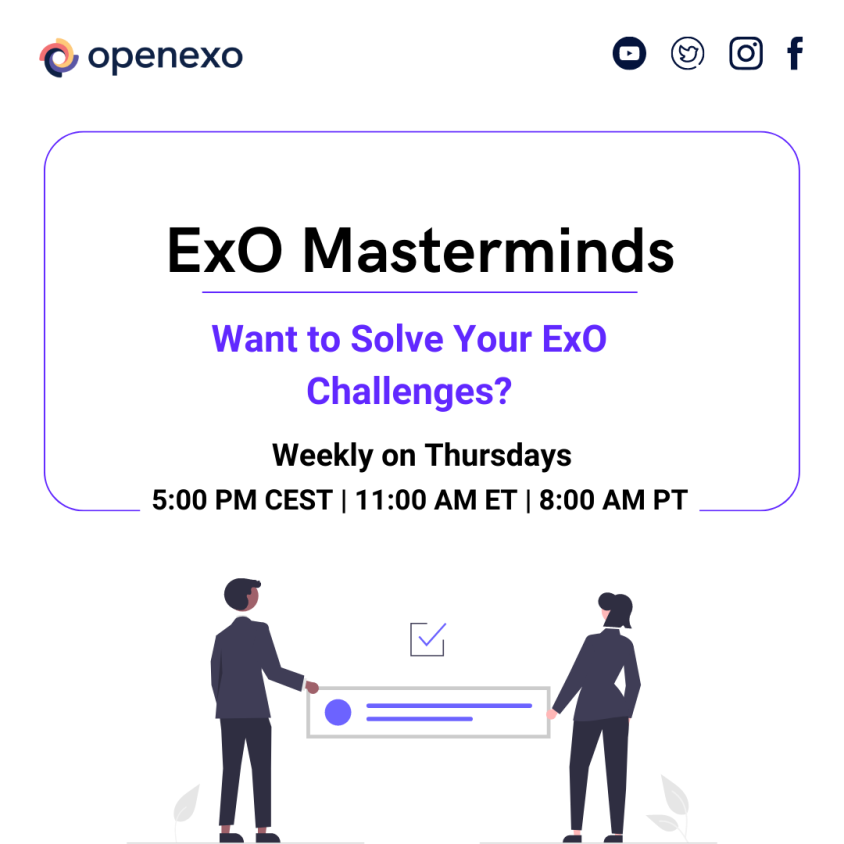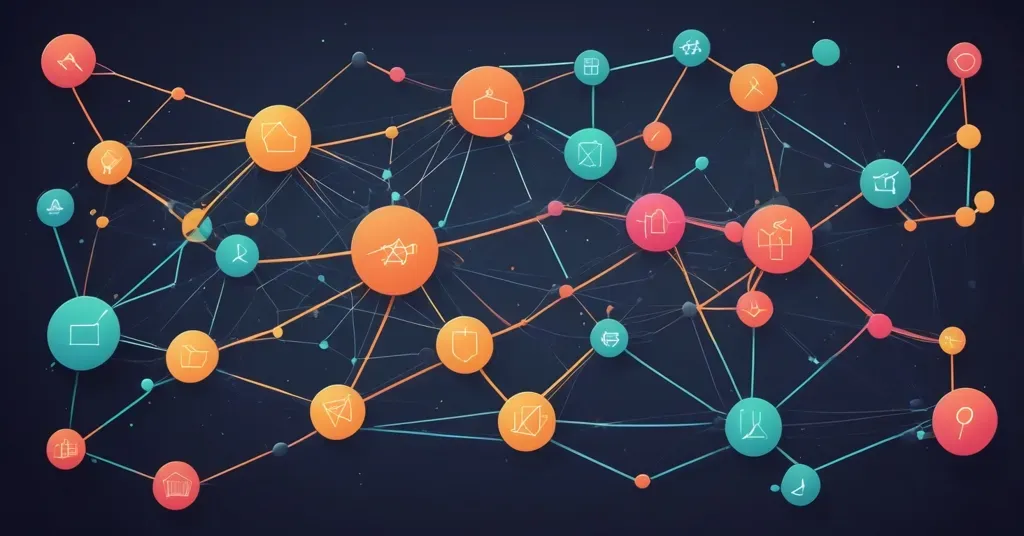
L.O.V.E Your Customer
The final step in the L.O.V.E. framework is to Experiment and Evolve, where we prototype and test potential solutions, demonstrating a commitment to agility, flexibility, and a willingness to take calculated risks.
Do you LOVE your Customer?
In today's volatile and ever-changing business landscape, the ability to deeply connect with and serve our customers has become a critical competitive advantage. Gone are the days when a one-size-fits-all approach was sufficient - modern consumers crave personalized experiences and authentic relationships with the brands they choose to engage with.
To rise to this challenge, we must embrace a new mindset that places our customers' needs, desires, and perspectives at the very heart of our operations. Inspired by the transformative principles of Theory U, we propose a powerful framework that we call L.O.V.E. - a holistic, customer-centric approach to driving innovation and unlocking unprecedented value for all stakeholders.
L - Listen and Learn
The first and perhaps most crucial step in the L.O.V.E. journey is to Listen and Learn.
Businesses often become trapped in their own assumptions and preconceived notions about what their customers want. We must resist this temptation and instead approach our interactions with a beginner's mind—open, curious, and receptive to the unique perspectives and experiences of those we serve.
In the healthcare industry, for example, providers can deepen their understanding of patient experiences by actively listening to their concerns, fears, and desires throughout the care journey. This might involve conducting in-depth interviews, implementing real-time feedback mechanisms, or even embedding clinicians within the patient community to gain a more holistic perspective.
Similarly, in the financial services sector, banks can foster a culture of Listening and Learning by encouraging their employees to have open dialogues with customers, truly understanding their financial goals, pain points, and aspirations. This can inform the development of more personalized, value-added offerings that resonate with each individual's unique needs.
O - Observe, Observe, Observe
Once we have opened our ears and minds, the next step in the L.O.V.E. framework is to Observe - not just once, but three times over. This repeated observation, a key tenet of Theory U, encourages us to step back and take a holistic, multi-dimensional view of our customers and their contexts.
In the retail industry, observing customer behaviors within physical stores can yield powerful insights. Tracking how shoppers navigate the space, which displays capture their attention, and where they tend to linger can inform the design of more engaging and intuitive store layouts. Similarly, in the hospitality sector, close observation of guests' interactions and pain points can inspire innovations that transform the overall guest experience.
For technology companies, this Observational phase might involve closely tracking user engagement and behavior data across digital platforms, uncovering unexpected patterns and pain points that can guide the development of more user-friendly and intuitive software solutions.
V - Validate and Visualize
With our Listening, Learning, and Observational skills honed, the next phase of the L.O.V.E. framework is to Validate and Visualize. This involves actively seeking feedback and input from our customers, testing our assumptions, and refining our understanding through iterative cycles of co-creation.
In the financial services industry, for example, banks can validate their understanding of customer pain points by convening focus groups or user testing sessions. These sessions allow them to gather direct feedback on the usability and perceived value of their digital banking platforms. This collaborative approach can help drive the development of more intuitive and user-friendly tools and services.
Similarly, in the consumer packaged goods (CPG) sector, companies can invite customers to participate in the Visualization of new product concepts, prototypes, and packaging designs. By co-creating these offerings alongside their target audience, they can ensure that the final solutions truly resonate with their stakeholders' needs and preferences.
E - Experiment and Evolve
The final step in the L.O.V.E. framework is to Experiment and Evolve. Having deeply Listened, Learned, Observed, Validated, and Visualized, we can now begin to prototype and test potential solutions. This phase is all about agility, flexibility, and a willingness to take calculated risks.
In the technology industry, for instance, software companies can leverage rapid prototyping and A/B testing to Experiment with new product features and user interfaces. This iterative approach enables them to gather valuable customer feedback and continuously Evolve their offerings, ensuring that they remain responsive to evolving user needs.
Similarly, manufacturers can run small-scale pilots of new product formulations or packaging designs in the consumer goods space, seeking immediate customer feedback and swiftly iterating based on those insights. This Experimental mindset, combined with a commitment to Evolving their solutions over time, helps these companies stay ahead of shifting consumer trends and preferences.
Putting L.O.V.E. into Practice
How can we put the principles of L.O.V.E. into practice within our own organizations? Here are some key steps to consider:
1. Cultivate a Customer-Centric Culture
The foundation of any successful L.O.V.E. initiative is a deep, pervasive commitment to customer-centricity throughout the organization. This means fostering a culture where empathy, curiosity, and a genuine desire to serve the customer are celebrated and rewarded.
Leaders must model these behaviors, actively encouraging employees to step out of their comfort zones and engage directly with customers. Cross-functional collaboration and information-sharing should be the norm, breaking down silos and ensuring that the voice of the customer is heard across the organization.
2. Invest in Listening, Learning, and Observational Tools
To truly Listen, Learn, and Observe our customers effectively, we must equip ourselves with the right tools and technologies. This might include sophisticated customer data analytics platforms, user research tools, or even immersive ethnographic techniques.
3. Embrace Co-Creation and Iterative Development
The Validate, Visualize, Experiment, and Evolve phases of the L.O.V.E. framework are all about fostering active collaboration with our customers and stakeholders. Rather than dictating solutions from on high, we must invite our customers into the process, seeking their input and feedback at every stage.
4. Foster a Mindset of Continuous Improvement
Finally, the L.O.V.E. framework is not a one-time exercise but rather a continuous, iterative process of learning and adaptation. We must cultivate a mindset of ongoing improvement, constantly seeking to refine our understanding of our customers and iterate our offerings accordingly.
Conclusion
The ability to deeply connect with and serve our customers has become a crucial competitive advantage. By embracing the principles of L.O.V.E. - Listen and Learn, Observe (three times), Validate and Visualize, and Experiment and Evolve - we can unlock unprecedented value for all.
Ultimately, the L.O.V.E. framework is not just about driving short-term business results - it's about cultivating a lasting, mutually beneficial relationship with our stakeholders. By putting the needs of our customers at the heart of our operations, we can unlock new avenues for growth, innovation, and sustainable value creation.
Author : Manoj Onkar, MANAGEMENT INNOVATIONS

ExO Insight Newsletter
Join the newsletter to receive the latest updates in your inbox.









